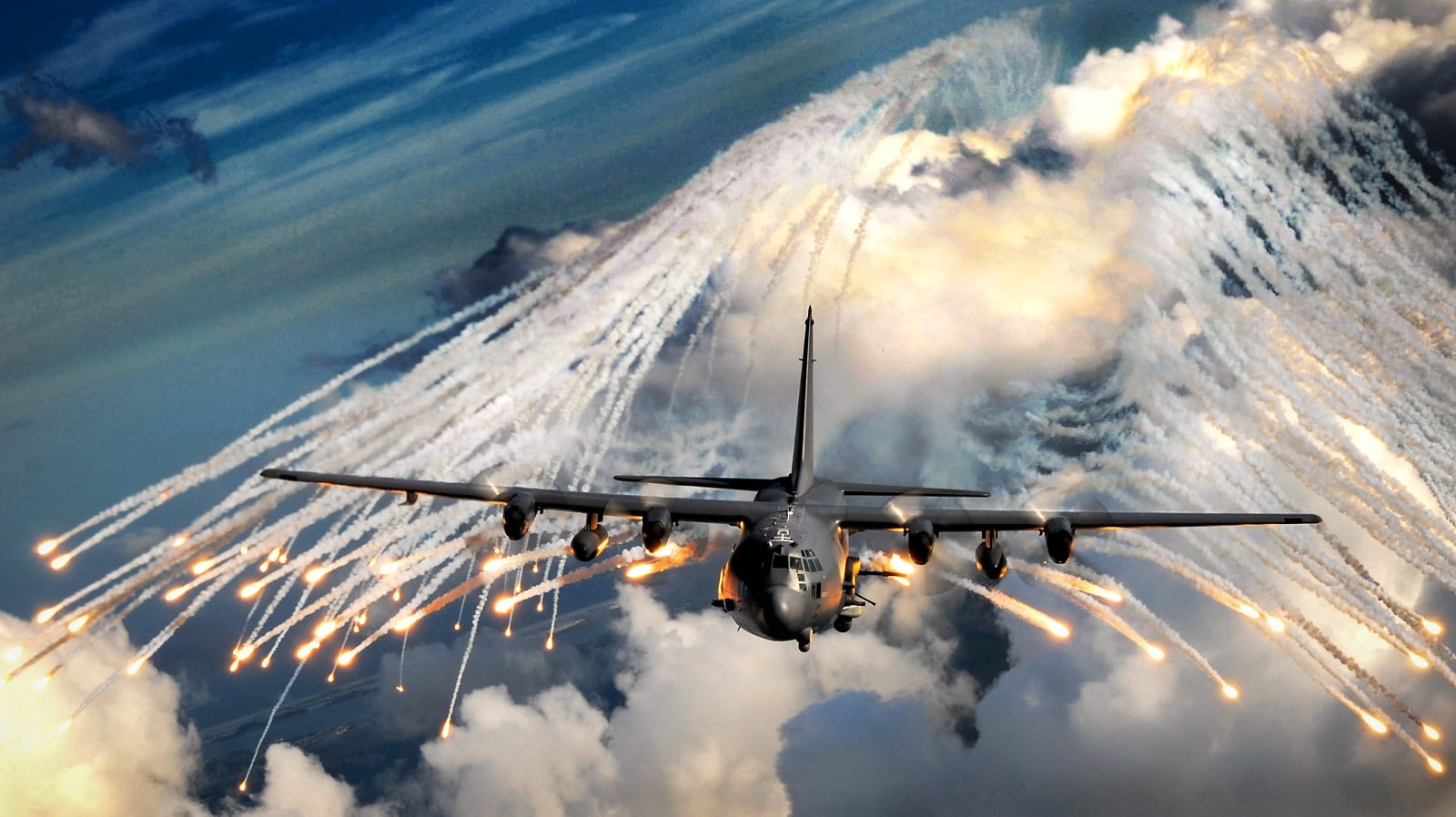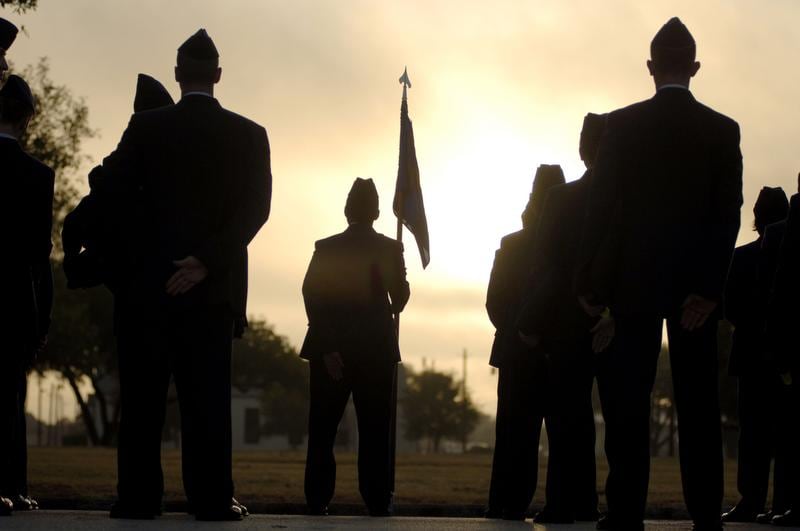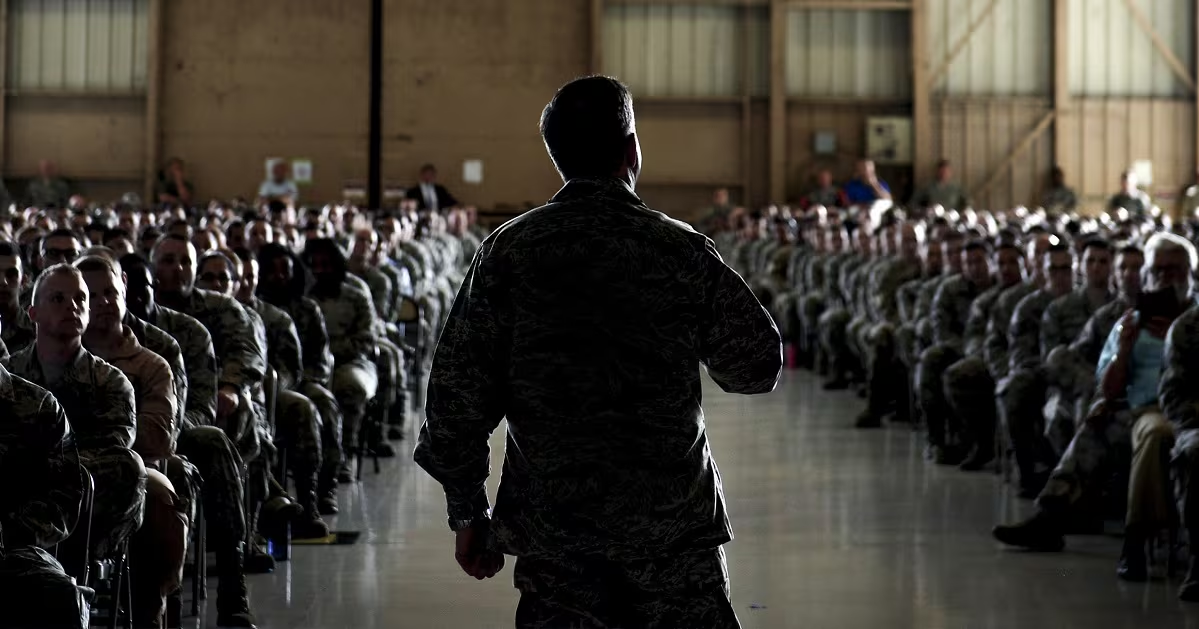“Thank you.” Those two words are powerful when they are heartfelt and demonstrated through actions.
When actions and words align, trust is established.
The Air Force is climbing out of nearly a decade of personnel reductions, and now has the opportunity to grow. While growth requires adding new airmen to the service, it is linked hand-in-hand with the need to retain those currently serving.
The Air Force is passionate in its efforts to retain not only pilots, but also those with the broader critical skills necessary to ensure the core Fly, Fight and Win mission is executed with desired global effects.
RELATED

The service recognizes it is in another fight. The fight to retain talent.
While financial bonuses are being offered to select airmen, quality of life and trust are key to airmen remaining in uniform.
I believe part of today’s retention challenges started when airmen faced successive rounds of force reductions during the 2000s. To be fair, extremely tough decisions needed to be made at the time due to fiscal and legislative constraints. Airmen faced the threat of frequent Reduction in Force boards, force-shaping initiatives and even Selective Early Retirement Boards.
During these times, uncertainly crept into the lives of countless airmen. For those directly impacted by the manning cuts, it seemed a mutual relationship didn’t really exist between the big Air Force and its airmen. At least it felt this way.
I experienced the reductions personally. I faced a reduction in force board during a time when I was a new father with 12 years of military service and several deployments under my belt. While my family was expanding, force-shaping efforts put young airmen and families, such as mine, in tough positions during a weak economy with a tumbling housing market. It was a slow and worrisome process to determine one’s professional fate, and it communicated the unintended message that airmen were expendable.

Fast forward to today. The pendulum has swung. There is a strong economy. A return in focus to great power competition with an emerged Russia and China underscores the need to grow the force. A 2.6 percent raise for the troops is coming. The fiscal 2019 budget calls for a boost in personnel, equipment and weapons. On the retention front, there are nearly 70 new initiatives to get after the issue of pilot retention alone. Leaders are helping elected officials understand the need for professional license reciprocity for spouses and quality education in the areas surrounding military bases for children of servicemen and women. Air Force leadership even listened to airman calls to wear the Operational Camouflage Pattern uniform.
At the Air Force Association conference, Gen. Maryanne Miller, the new Air Mobility Command commander, stressed the need and intent to increase efforts to reach out to aircrew and maintainers to demonstrate their importance and gain input into ways to enhance their quality of service and life to retain these airmen with critical skill sets. All this demonstrates appreciation and respect by leadership for the service and effects airmen provide.
Air Force leaders are listening and hustling. They are running out the ground balls by developing family-friendly programs, looking for ways to cut bureaucracy, and connect with airmen, who now have a strong voice. Leaders today are recognizing the importance of quality of life and frequently stress the value of airmen and families.
This is good, but past struggles can’t be undone overnight, nor quickly forgotten. Those lean years gave growth to frustration and the rise of pockets of discontent housed in social media forums, where airmen vent displeasure and express discouragement.
But signs of positive change are occurring. Airmen are encouraged to innovate, find their voice and offer improvement. Some are doing so in relative anonymity, such as “Col Ned Stark,” the pen name of an airman who has offered thought-provoking critiques and suggested changes on how Air Force leaders are developed and selected. Others are contributing their talents to innovate through programs such as Air Mobility Command’s Phoenix Spark.
The Air Force chief of staff even responded directly to “Col. Stark,” reflecting a sincere desire to welcome suggestions for improvement and offered Stark a job and chance to be part of the solution.
RELATED

RELATED

RELATED

Layers of bureaucracy separate most airmen from top leadership. That is why it is so important to ensure the squadron culture is right, encouraging voices to be heard and carried forward.
Momentum is occurring. It is more than a start. Learning from the days of force reductions is critical, and those lessons can’t be lost. It is important supervisors and leadership let airmen know they are appreciated and their service is critical to the Air Force’s purpose. When this happens, airmen see their future in the Air Force and trust the leadership’s investment in them.
Col. Christopher Karns is director of public affairs at Air Mobility Command headquarters at Scott Air Force Base, Illinois. The opinions expressed here do not necessarily reflect the views of Military Times or its staff.




